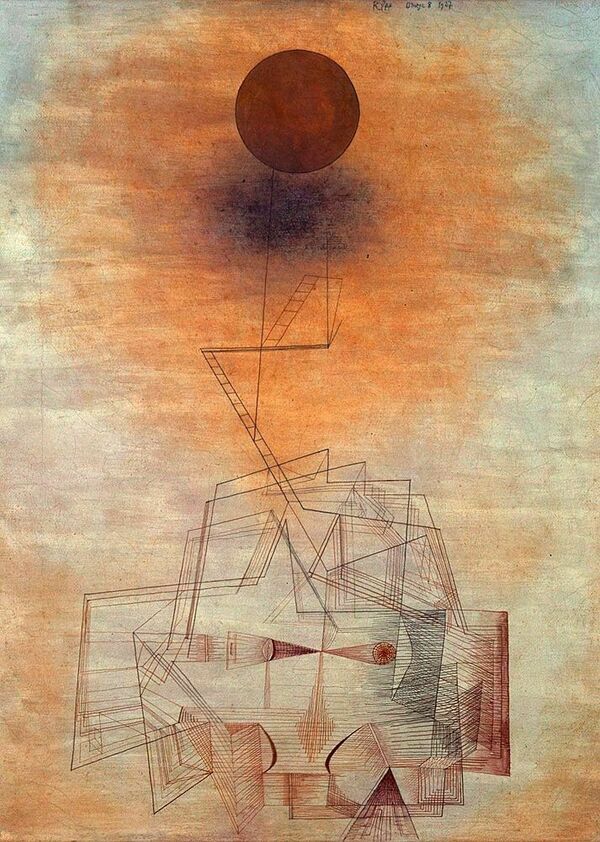Modeling the Mind in the European History of Philosophy
Research cluster in the departments of Philosophy and the Program of Liberal Studies
Funded 2020-2024 by the Nanovic Institute for European Studies
Principal Investigators

How do we model the mind and its activities in our philosophy of mind? Do we imagine it as a space within which ideas are theatrically displayed? Do acts of seeing and thinking “make contact” with objects, as in the common imagery of “grasping”? Is reasoning like information processing by a mind-computer? Or is the mind more like a dynamic, growing, living thing—and is it even a “thing” at all?
This research cluster explores various ways of modeling the mind in the European history of philosophy and its global interlocutors. The concept of “the mind”—modeled as a private inner realm, the locus of thought, choice, and selfhood—is often elevated as a key contribution of European philosophy and associated with modern political conceptions of the individual or self. This Research Cluster aims to showcase alternative models that hold considerable value for philosophical reflection today, but that have been buried under layers of historical sediment in the meantime. As historians of philosophy specializing in different time periods and traditions, we are especially interested in tracking how certain models recur, overlap, and interact across different historical periods and traditions, thus providing a case study for the transformation of concepts through time.
For projects and publications sponsored by this research cluster, see below. This page will provide information and updates about those activities as they develop.
Themes
We are especially interested in the following three themes which are expressed in rich and underexplored traditions of thought in the history of philosophy:
“Knowing as Being”
In “metaphysical” models, the task of explaining our mental activity is fundamentally a task of offering a theory of mental being that is unified with one’s basic metaphysical theory. In these approaches, knowing consists in taking on a special kind of being. These models offer a striking alternative to the common tellings of the story of knowing, which introduce special notions such as “concepts,” “judgments,” “representations,” and “intentionality” applicable only to a mental realm. “Metaphysical” models of mind appear, e.g., in Greek late antiquity (Alexander of Aphrodisias, Plotinus, Proclus), in medieval Muslim Andalusia (Ibn Bajjah and Averroes) and northern Europe (Albert the Great), and among Renaissance (in the conflicting models of Pietro Pomponazzi and Agostino Nifo) and modern philosophers (Spinoza and Hegel).
Supported projects
- "Cognizing as Being in the History of Philosophy" (2023 Colloquium)
- Lydia Deni Gamboa López, "Adam of Wodeham and Walter Chatton on the Controversy over Higher-Order Theories Of Consciousness" (Spring 2023)
- Elisa Coda, "Arabic and Latin Readers of Themistius in the Middle Ages: The Intellect and Its Objects" (Fall 2022)
- Anna Corrias, "Reading Aristotle's Mind: Marsilio Ficino on Theophrastus on the Intellect" (Fall 2022)
“The Life of the Mind”
In “organic” or “teleological” models, mind is conceptualized as a living entity, which undergoes a process of (self)-formation best understood as growth. Such models take a wide variety of shapes in thinkers as diverse as Aristotle, Plotinus, Ficino, Leibniz, and Kant. The fundamental idea is still relevant for current approaches to naturalize the mental (e.g., enactivism), as well as for normative accounts of character-formation.
Supported projects
- "The Life of the Mind in the History of Philosophy" (2024 Colloquium)
- Katharina Kraus, The Life of the Mind: An Alternative Theory of the Mind in Modern Philosophy (funded by the Alexander von Humboldt Foundation)
- Paula Oliveira e Silva, "Knowledge as immanent activity in 16th-century Iberian commentaries on Aristotle's De anima" (Spring 2023)
- Mark Textor, "Lotze's Interested Mind" (Spring 2023)
“Minds in Dialogue”
In “social” or “intersubjective” models, the mind is conceptualized in terms of interdependent networks in which, e.g., each mind fundamentally depends on others, or minds are even co-constitutive with one another. That is, a mind, or self, can only become conscious of itself as such in light of becoming conscious of another mind. These models can be especially associated with late modernity (Hegel and the Hegelians, Buber, etc.), organized around questions about reciprocal recognition, sociability, and mutual moral obligations. But versions are also found much earlier, e.g., in the idea of a shared mental “space of vision” in the early Augustine, “single cosmic mind” theories in Plotinus or Averroes, or “alter ego” in Ficino.